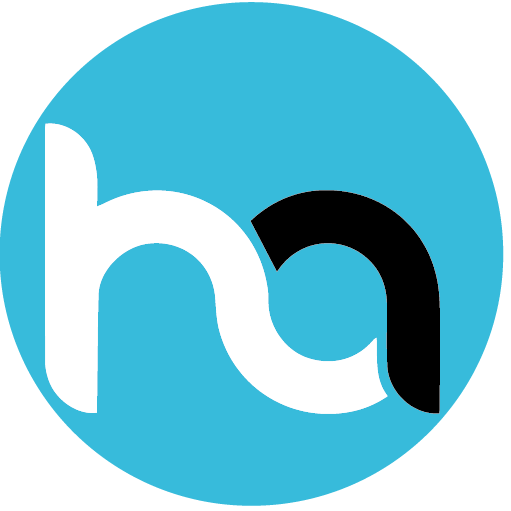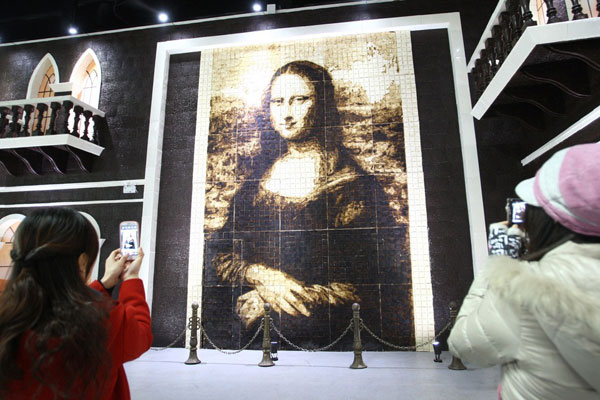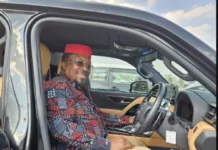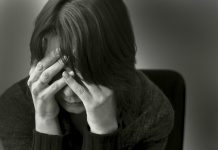How the Mona Lisa became the most famous painting in the world.
August 21, 1911, a thief dressed in a white worker’s smock entered the Louvre, closed because it was a Monday. The heist was done in broad daylight.
In the Salon Carre, the Louvre’s gallery of Renaissance treasures, he lifted a small painting off the wall and removed its glass shadow box. Hiding the canvas under his smock, he then walked out into the streets of Paris with his loot. Twenty-six hours would pass before anyone noticed that the Mona Lisa had gone missing. The loot was just as simple as that.
The heist was discovered when a wealthy museum patron and amateur painter arrived at the Salon Carre to study “La Jaconde”, as the French call the Mona Lisa. Instead, he found a blank wall space.
The Louvre routinely removed artwork for photographing so a guard thought nothing of the missing work. But after several hours, he alerted the staff.
Leonardo Da Vincis painting of the 16th century, Florentine noblewoman with an enigmatic smile ranks as one of the most popular painting in the world. The theft changed how the world saw the Mona Lisa.
Da Vinci painted his masterpiece in 1507, but it was only in the 19th century that critics began to see the work as the pinnacle of Renaissance Florentine painting. In 1911, the Mona Lisa was not yet instantly recognisable.
The Louvre kept a space open for the vanished painting. Crowds of curious onlookers came to gaze at the vacant wall — among them, absurdist writer Franz Kafka and his close friend Max Brod.
Conspiracy theories abounded. Some thought that a forgery ring took it and were selling forgeries to naive but wealthy art lovers.
For over 2 years the painting remained missing after which the thief stepped forward.
After a brief tour of Italy, La Gioconda as call it was returned to France. By then, it was the most famous painting in the world. This is how the Mona Lisa became the most famous painting in the world.

Do you have any news or article you would like us to publish? Kindly reach us via outreach@t4d.co.ke or howtodoafrica@gmail.com.




















